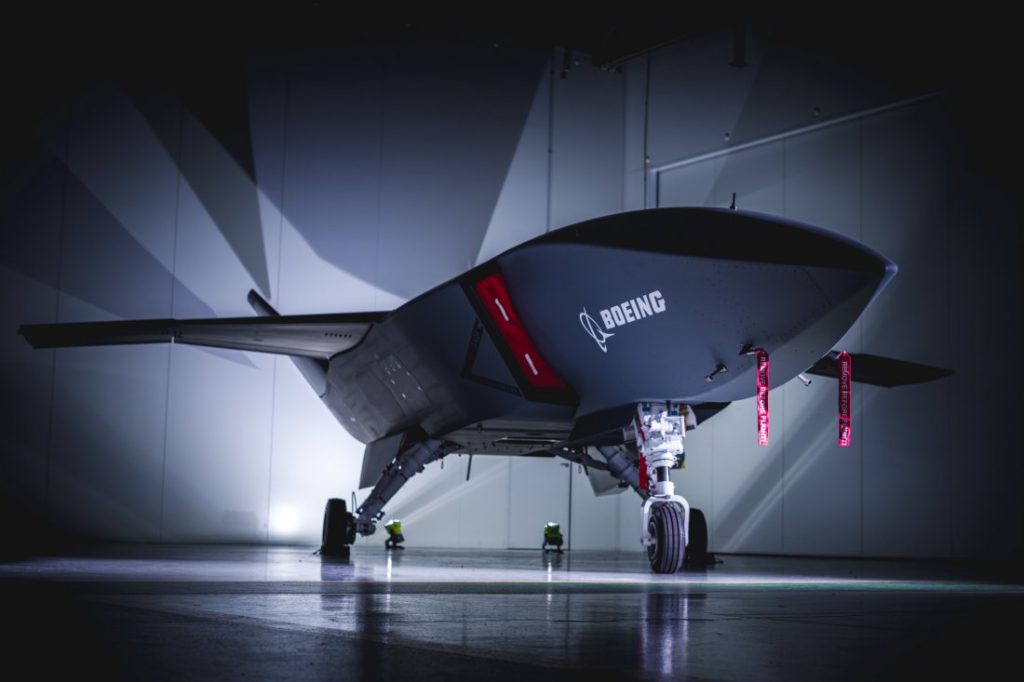Blog entry by Bruce McPherson

This massive amount will be spent during the next 10 to 15 years, giving an indication of the magnitude of the move away from the current doctrine of always having a pilot in the loop. While the numbers for individual activities such as the acquisition of MQ-4C Triton are identified in the 2020 Force Structure Plan, they were helpfully aggregated today by Wing Commander Keirin Joyce, the RAAF’s Chief Engineer for ISR projects. Speaking at a conference held by the Australian Association of Unmanned Systems, he also predicted that Remotely Piloted Vehicles will become a thing of the past to be replaced by uncrewed and optionally crewed systems.
At the top of his list is Boeing Australia’s ‘Loyal Wingman’ Air Teaming Vehicle, with a value of $7.4 – $11 billion. He noted that several other allied air forces are pursuing similar goals: the USAF; USN; and RAF. Next in the FSP is an item Additional ISR capability, in the range of $4.1 – $6.1 billion. This is in addition to other procurements that are currently underway such as three MQ-4C Tritons under contract out of a total of six to be bought ($1.8 – $2.7 billion) and up to 12 MQ-9B Predator-derivatives ($1.6 – $2.4 billion).

(PHOTO: Boeing Australia)
He also indicated that there is a doctrinal shift going on in the RAAF away from the position of the last few years that all of these systems will be Remotely Piloted Vehicles, pointing out that RPVs are not stealthy because of the need to communicate with them. With advances in AI, aircraft are moving rapidly up the autonomy curve. While for legal reasons a person might be needed in the loop to authorise the use of weapons, that hardly seems necessary for a vast range of ISR missions. Airframes such Triton and Predator are likely to be the only RPVs in the RAAF inventory due to being designed to a somewhat anachronistic set of principles – APDR’s words, not those of the Wing Commander.
At APDR we have always assumed that the enthusiasm for the RPV concept comes entirely from the Old Pilots Club, never wishing to let go of the joystick and distrustful of modern gadgets like computers. In Israel – a world leader in the design and application of uninhabited aerial systems – the use of a highly trained person to control a surveillance drone is regarded as a complete waste of a pilot.
Such a person is able to fly at high subsonic speeds, pull a 5g turn with the ground proximity warning blaring while keeping an eye on the radar screen and all that time be listening to a disoriented wingman on the radio while hyperventilating through an oxygen mask. By contrast, the person controlling a system such as Triton is sitting in a temperature-controlled office with a cup of coffee flying sedately on a fixed course and well away from commercial aircraft traffic. The maximum g-forces that person will experience is when they stand up for a refill.
This is the new normal for RAAF: Remotely Piloted is out; Uncrewed is in.
By Kym Bergmann